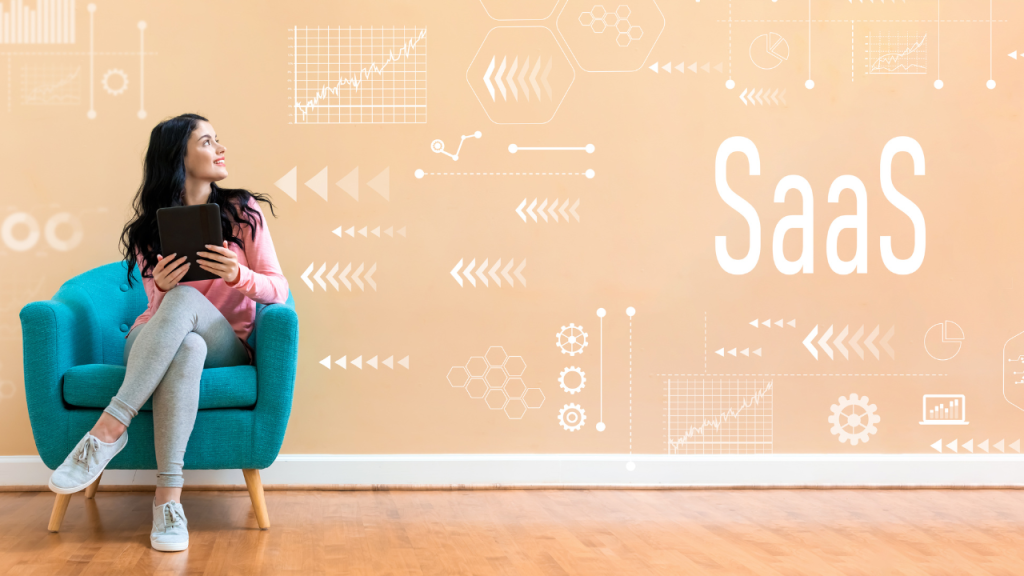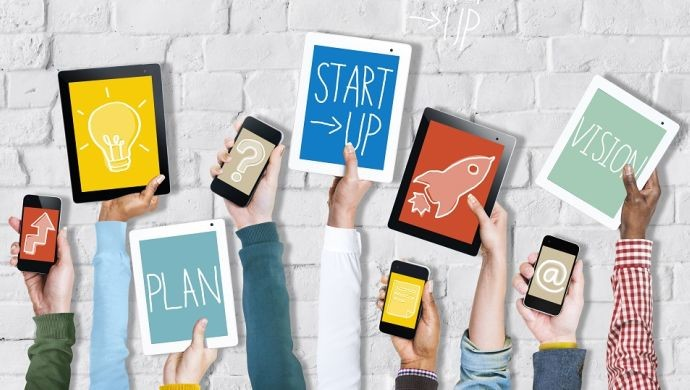In the fiercely competitive SaaS Customer Service 2025, exceptional customer support is no longer a mere add-on. It’s the bedrock of sustainable growth and customer loyalty. As businesses increasingly rely on subscription-based models, providing seamless and effective SaaS customer support becomes paramount. This ultimate guide delves into the key elements and best practices that will define successful SaaS customer support in 2025, equipping your business to not just meet, but exceed customer expectations and thrive in the years to come.

Key Elements of Effective SaaS Customer Service 2025
To build a robust and future-proof SaaS customer service 2025 strategy, understanding the core components is crucial. Here are the essential elements that will drive success:
Proactive and Personalized Support: Anticipating Customer Needs
Reactive support is no longer sufficient. Best practices in SaaS customer support now emphasize proactive engagement. In 2025, leverage data and customer insights to anticipate potential issues and offer assistance *before* customers even encounter problems. This includes:
Onboarding Automation: Implement automated onboarding flows tailored to different user segments, guiding new users through key features and functionalities.
Usage-Based Triggers: Set up alerts based on user behavior, such as inactivity or feature underutilization, to proactively offer help and guidance.
Personalized Communication: Utilize CRM data to personalize support interactions. Address customers by name, reference their past interactions, and tailor solutions to their specific needs and use cases.
Omni-channel Support: Meeting Customers Where They Are
Customers expect seamless support across various channels. An omni-channel SaaS customer support strategy is no longer optional, it’s essential. In 2025, ensure your support ecosystem encompasses:
Live Chat: Offer real-time assistance directly within your SaaS application and website for quick issue resolution.
Email Support: Maintain a reliable email support channel for complex issues and asynchronous communication.
Phone Support (Strategic): While digital channels dominate, strategic phone support for critical issues or high-value customers can be a differentiator.
Social Media Support: Monitor social media channels for mentions and address customer queries or concerns publicly and privately.
Self-Service Portal & Knowledge Base: Empower customers to find answers independently through comprehensive FAQs, tutorials, and troubleshooting guides.
Robust Self-Service Knowledge Base: Empowering Customer Independence
An effective knowledge base is a cornerstone of scalable SaaS customer support. By 2025, it’s expected to be more than just a repository of articles; it needs to be:
Easily Searchable: Implement robust search functionality with natural language processing to help users quickly find relevant information.
Comprehensive and Up-to-Date: Regularly update content to reflect product updates, new features, and common customer issues.
Multi-Format Content: Incorporate diverse content formats like videos, interactive tutorials, and infographics to cater to different learning styles.
Integrated with Support Channels: Seamlessly integrate the knowledge base with live chat and ticketing systems to provide quick links and contextual help.
Data-Driven Support: Analyzing and Optimizing for Excellence
Best practices for SaaS customer service 2025 are heavily reliant on data analysis. Track key metrics and leverage insights to continuously improve your support operations:
Key Metrics Monitoring: Track crucial metrics like Customer Satisfaction (CSAT), Net Promoter Score (NPS), Customer Effort Score (CES), resolution time, first response time, and ticket volume.
Customer Feedback Analysis: Actively collect and analyze customer feedback from surveys, support interactions, and social media to identify pain points and areas for improvement.
Support Ticket Analysis: Analyze support ticket data to identify recurring issues, knowledge gaps, and areas where proactive support can be implemented.
AI-Powered Insights: Utilize AI-powered analytics tools to uncover deeper insights from support data and identify trends that might be missed through manual analysis.
A Skilled and Empathetic Support Team: The Human Touch in a Digital World
While technology plays a crucial role, the human element remains vital in SaaS customer service 2025. In 2025, building a high-performing support team involves:
Comprehensive Training: Invest in ongoing training for support agents, focusing on product knowledge, communication skills, empathy, and problem-solving.
Empowerment and Autonomy: Empower agents to make decisions and resolve issues independently, reducing escalation bottlenecks and improving response times.
Empathy and Emotional Intelligence: Prioritize hiring agents with strong empathy and emotional intelligence to build rapport with customers and handle challenging situations effectively.
Team Collaboration Tools: Equip your support team with collaboration tools to facilitate seamless communication, knowledge sharing, and efficient ticket handling.

Best Practices for SaaS Customer Service 2025
Building on the key elements, here are actionable best practices to elevate your SaaS customer support in 2025 and beyond:
Embrace AI and Automation Strategically
AI and automation are transforming SaaS customer support. In 2025, leverage these technologies strategically to:
Automate Repetitive Tasks: Automate tasks like ticket routing, initial responses, password resets, and basic information requests using chatbots and AI-powered workflows.
Enhance Agent Efficiency: Utilize AI tools to assist agents with knowledge base suggestions, sentiment analysis, and automated summaries of customer interactions.
Personalized Chatbot Experiences: Develop AI chatbots that can understand natural language and provide personalized support experiences.
24/7 Availability: Employ chatbots to provide round-the-clock support for basic queries, ensuring customers always have access to assistance.
Prioritize Customer Experience (CX) Above All Else
In 2025, SaaS customer support is inextricably linked to Customer Experience (CX). Every interaction is an opportunity to enhance or detract from the overall CX. Focus on:
Reducing Customer Effort: Streamline support processes, minimize wait times, and empower customers to resolve issues quickly and easily.
Creating Delightful Interactions: Train agents to go the extra mile, personalize interactions, and create positive and memorable support experiences.
Consistent Brand Experience: Ensure your support interactions reflect your brand values and maintain a consistent tone and voice across all channels.
Proactive Feedback Loops: Continuously solicit customer feedback and use it to refine support processes and improve the overall customer journey.
Foster a Culture of Customer-Centricity
SaaS customer support best practices extend beyond the support team. Cultivate a company-wide culture of customer-centricity:
Cross-Departmental Collaboration: Break down silos between support, product, sales, and marketing teams to ensure a unified customer experience.
Customer Feedback Integration: Share customer feedback across departments to inform product development, marketing strategies, and overall business decisions.
Executive Sponsorship: Secure executive buy-in for customer support initiatives to demonstrate its importance and allocate resources effectively.
Employee Empowerment: Empower all employees to contribute to a positive customer experience, regardless of their role.
Focus on Proactive and Preventative Support Strategies
Shift from reactive firefighting to proactive problem prevention. Implement strategies like:
Improved Product UX/UI: Invest in intuitive product design to minimize user confusion and reduce the need for support.
Comprehensive Onboarding and Training: Provide robust onboarding resources and training programs to equip users with the knowledge they need to succeed.
Proactive Communication of Updates and Changes: Keep customers informed about product updates, changes, and potential issues to minimize disruptions and support inquiries.
Community Building: Foster an online community forum where users can connect, share knowledge, and find solutions from peers and experts.
Continuously Iterate and Improve Your Support Strategy
The SaaS customer support landscape is constantly evolving. Embrace a culture of continuous improvement:
Regularly Review and Analyze Metrics: Monitor key support metrics, identify trends, and pinpoint areas for optimization.
Experiment with New Technologies and Strategies: Stay abreast of the latest trends in customer support and experiment with new tools and approaches.
Seek Agent Feedback: Actively solicit feedback from support agents on processes, tools, and training to identify areas for improvement from the front lines.
Adapt to Changing Customer Expectations: Continuously monitor customer expectations and adapt your support strategy to meet their evolving needs.

SaaS Customer Support as a Competitive Advantage in 2025
In 2025, SaaS customer support is no longer just a cost center. It’s a strategic asset and a powerful competitive differentiator. By implementing these key elements and best practices, your SaaS business can build a world-class support organization that fosters customer loyalty, drives revenue growth, and ensures long-term success in the dynamic SaaS market. Embrace these strategies and transform your SaaS customer support into a true engine for growth in 2025 and beyond.
You can also read:




